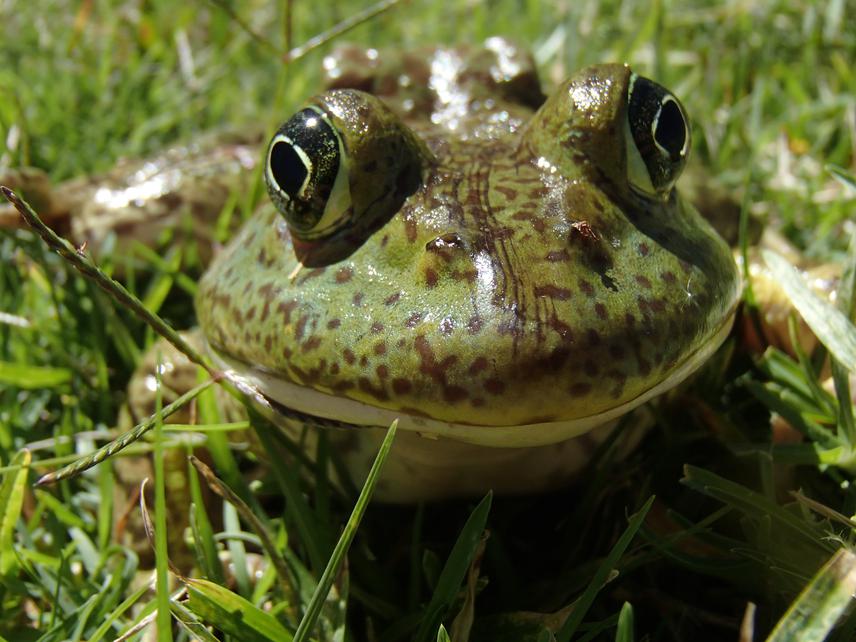Gabriel Laufer
The project aims is to assess biodiversity, and the bullfrog effects, involving local people and promoting the establishment of a participative monitoring and harvest of this invasive species.

Our project will be held at the hilly area of Aceguá, where the bullfrog, an alien species invasion is endangering native biodiversity, especially amphibians. As it happens elsewhere, Uruguayan amphibians are under a decline process, associated with habitat loss and invasions as consequence of the global change. At least one third of the 48 native amphibians are under some threat degree. Our work will focus on water reservoirs used by the rural population, which have a fundamental role for native fauna conservation. Our main goal is to encourage the recovery and conservation of local biodiversity with knowledge generation, involving both local people and decision makers around a clear threat, the bullfrog invasion. We are interested in understanding and systematizing the local water bodies’ biodiversity and the ability to convey the idea that conservation is possible with small local actions. For this, we will work generating scientific information on biodiversity and bullfrogs’ impact, and generating inputs for conservation involving local population and government authorities. We hope to determine the mechanisms by which bullfrog affect communities’ structure, as an input for control or mitigation programs.
We aim to achieve the involvement of small farmers in conserving biodiversity at their own lands. This includes the assembly of a system of participatory monitoring of the situation, and the promotion of bullfrog catch for human consumption. The planned activities can be divided in four main lines:
1) local population awareness raising strategy,
2) ecological research on biodiversity and bullfrog impacts,
3) conservation actions, involving school students, landowners, local authorities and media,
4) communication of project results and implementation of a future sustained participative monitoring program.
Our idea is to get local Aceguá population to a greater closeness to the biodiversity in which they live. It also aims to achieve small environmentally friendly practices in managing their own water reservoirs, such as conservation of adjacent vegetation, maintaining water quality by avoiding polluting discharges, and bullfrog harvesting. Finally, from the information generated, we expect to design conservation strategies that can be implemented and maintained by the residents themselves.